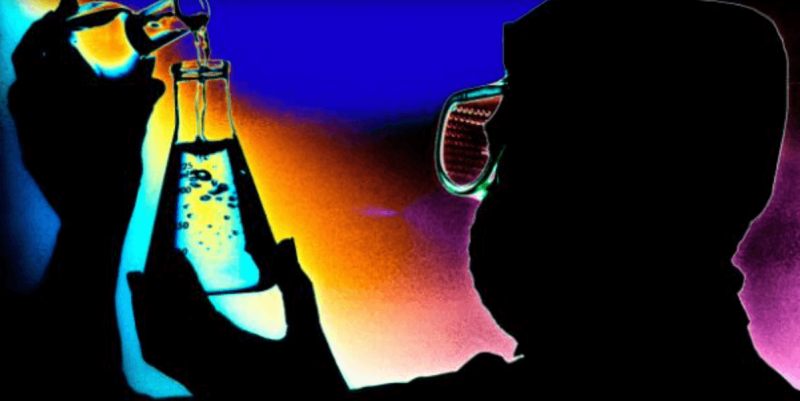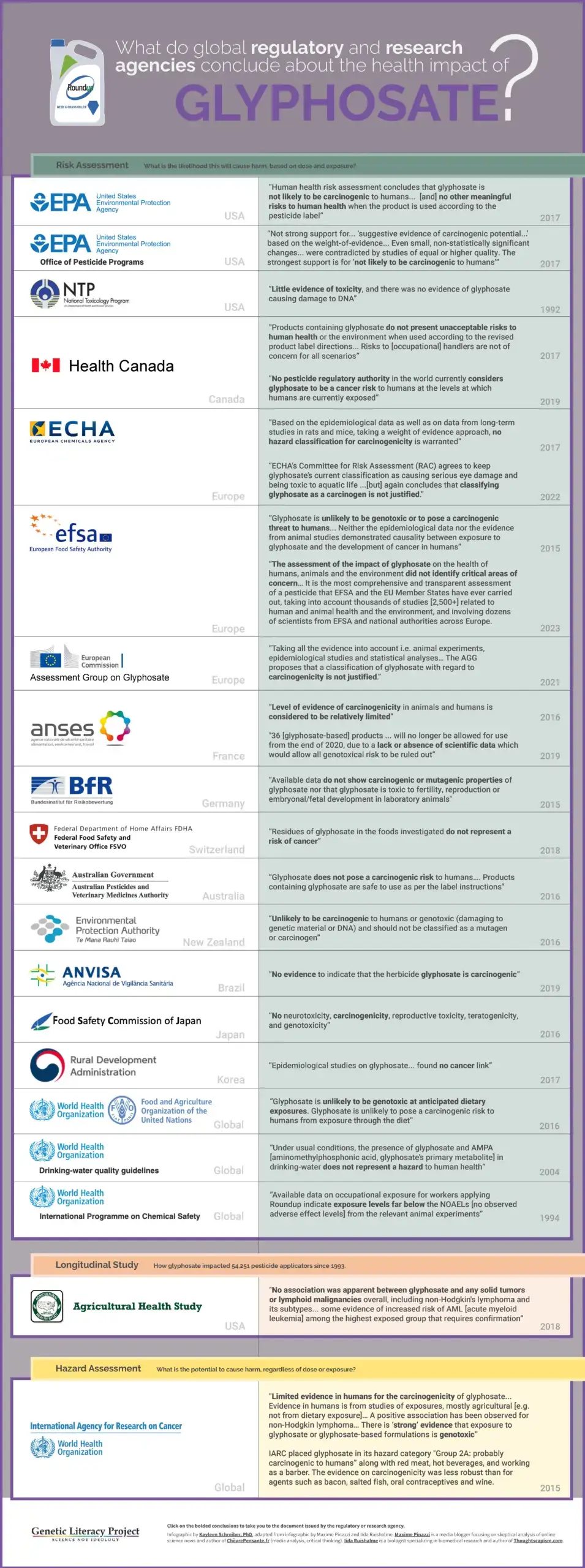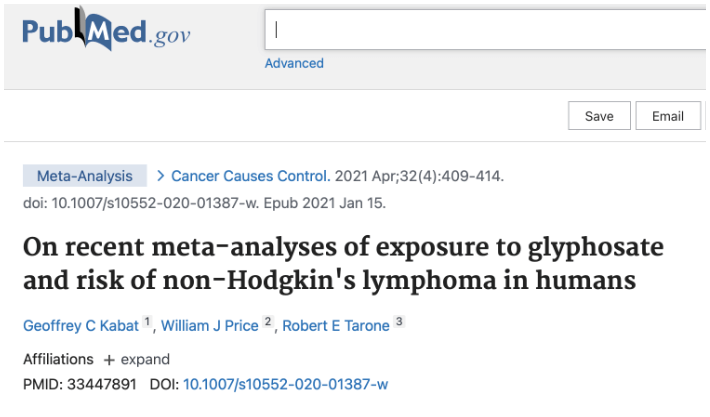Within hours after journalist Carey Gillam’s article in The Guardian reported that the US Centers for Disease Control had found micro-traces of the weedkiller glyphosate (aka Roundup) widespread in urine samples, the Internet lit up.
Robert F. Kennedy Jr.’s vaccine-denying Children’s Health Defense reposted it, trumpeting it on media channels. The notorious Joe Rogan hyped Gillam’s claim across his many social media channels, garnering tens of thousands of views. Outlets ranging from Gospel News Network to every scare-driven environmental advocacy group to CBS News carried a version of the story.

All these reports had two things in common—they got the science regarding chemicals wrong, grossly so. And they failed to be even the least bit skeptical, to say nothing of being critical, of The Guardian’s misrepresentation of risk.
Within days, Kevin Folta, professor of horticultural sciences at the University of Florida, provided an incisive critique in the Genetic Literacy Project, exposing some of reporter Carey Gillam’s deceptions and omissions.
In this piece I will address in more detail Gillam’s numerous deceptive sleights-of-hand, which represent a dangerous trend in journalism. What is most noteworthy about her piece is, as we will see, how she packed so many distortions into such a short article.
Gillam, if you are not familiar with her, is best known for her books and articles alleging that glyphosate causes cancer. She is described on the British news site as “managing editor of The New Lede, a journalism project of the Environmental Working Group.” EWG [Read GLP’s profile here] is a lobbying activist organization funded by the organic industry and opposed to conventional agriculture; it’s best known “product’ is the widely-ridiculed “Dirty Dozen” list of ‘pesticide laden’ fruits and vegetables that it publishes every year to decreasing media interest.
In an upcoming separate article, the GLP will examine Gillam’s journalistic history and her connections to a web of groups and organizations involved in tort litigation, opposition to biotechnology and modern agriculture, questioning the safety of vaccines and pesticides, and promoting organic agriculture.
An in-depth look at what Gillam gets wrong: The scientific literature on glyphosate
The world’s most popular herbicide has been in use for just shy of fifty years. It has been the subject of thousands of studies. A search on the term “glyphosate” in the government’s medical archive PubMed reveals 4,536 peer-viewed publications.
Beginning in 1975, only a few articles were published each year. Interest in the weedkiller began increasing after the introduction of genetically-modified, glyphosate-resistant soybeans in 1996, cotton in 1997, and corn in 1998. As the adoption of glyphosate increased — today between 80%-95% of those three crops in the US are “Roundup Ready” — studies surged.
They further accelerated after 2015, presumably due to the International Agency for Research on Cancer (IARC) report, which controversially concluded that the herbicide was “probably carcinogenic to humans.” [Read GLP’s profile of IARC] That opened the floodgates to litigation and spurred more studies. In the most recent year, 2021, 561 articles were published on the chemical.
This is the literature that supports Dr. Folta’s statement that “After 40 years of massive scrutiny there is no strong epidemiological, mechanistic or cellular/molecular evidence that this safe herbicide causes cancer.”
Levels of glyphosate in urine — the “new CDC report”
Gillam’s hook in The Guardian article is delivered in her opening sentence: “More than 80% of urine samples drawn from children and adults in a US Health study contained a weedkilling chemical linked to cancer, a finding scientists have called ‘disturbing’ and ‘concerning.’” The next paragraph refers to a “report from a unit of the Centers of Disease Control and Prevention” that is the source of what the headline of her piece characterizes as ‘disturbing’ news.
This ‘report’ — the basis of Gillam’s self-proclaimed bombshell revelation — is hardly what one would expect from her headline. Rather than being a health advisory issued by the CDC regarding the dangers of glyphosate, as her reporting implies — there never has been such an advisory — the barely five-page technical note merely provides documentation of urine analyses performed to measure glyphosate in a subsample of data from the National Health and Nutrition Examination Survey.
NHANES is a federal program of studies designed to assess the health and nutritional status of adults and children in the United States conducted by the National Center for Health Statistics. The NHANES program began in the early 1960s and has been conducted as a series of surveys focusing on different population groups or health topics. The survey examines a nationally representative sample of about 5,000 persons each year.
Gillam and EWG found this documentation and apparently decided that it provided grist for their mill, even though the CDC never published anything about health implications of the glyphosate measurements. The technical note was published in June 2022; Gillam’s Guardian article came out on July 9; and the EWG posted the story on its website on July 11, inexplicably inflating the percentage of urine samples in the US with glyphosate residues from ~80% to 87%.
What to make of the urinary glyphosate data
The technical note succinctly describes the background regarding the glyphosate assay and the results in 2,310 urine specimens. These include:
- the lower limit of detection of the assay was 0.2 ng/mL (nanograms per milliliter);
- 1885 of the 2310 samples (81.6%) had detectable levels of glyphosate in their urine sample.
This information is the basis of Gillam’s lurid headline. Let’s dig deeper to understand what this really means.
Based on this data, Gillam implies that the bulk of the US population, including children, have dangerous levels of this weedkiller in our bodies. The key point here, and what Gillam glosses over is that the mere presence of a contaminant in urine does not equal harm. This is something that the media and the public and even many scientists who are not toxicologists have trouble appreciating. This allows Gillam and agenda-driven commentators to scare a scientifically unsophisticated public.
With modern instrumentation, we have the ability to measure micro-trace amounts of chemicals down to “parts per billion” (ppb) and, even, “parts per trillion” (ppt). In the NHANES data, the lower limit of detection for glyphosate was 0.2 ng/mL or 0.2 ppb. The range of values in the 82% percent of samples, where the chemical could be detected, was 0.14 to 8.1 ppb.
Are those levels dangerous? What does 1 part per billion mean in real-world terms?
One ppb is equivalent to 1 drop in 16,000 gallons of water. Based on this level of glyphosate present in urine samples, there is no basis for the public to be worried, particularly because, as shown below, glyphosate ranks very low on toxicity. But even though the level of glyphosate in the urine samples is vanishingly low, as the data from NHANES indicate, Gillam knows that few people will pay attention to this fact or be reassured by it. We have been so conditioned to fear chemicals in the environment that the mere mention that a chemical is “detectable” has the ability to instill terror.
There is a second issue in addition to the level of a chemical present in food or in our bodies, which is critical, but which Gillam prefers to ignore. This is: How toxic is the chemical at issue?
Among naturally-occurring and synthetic chemicals, there is staggering range of toxicity. But Gillam has already told us that glyphosate is a “carcinogen” according to IARC. That proclamation conveniently allows her to ignore the question of the degree of glyphosate’s toxicity.
So, how toxic is glyphosate exactly? To assess toxicity, one must look at what is known as the LD50 value for the chemical in question. LD50 (lethal dose50) is a standard measure of acute toxicity for chemicals, expressed as the amount of chemical (milligrams) per body weight (kg) that it takes to kill fifty percent of a population of test animals. Because LD50 is a standard measure, it is used to compare toxicities of compounds; the lower the number, the more toxic it is.
The EPA ranks chemicals in four categories, I being the most toxic and IV being the least. Glyphosate has a LD50 of 5600 mg/kg based on oral ingestion in rats (PDF). This places glyphosate in Toxicity Category III. In comparison, caffeine has a much lower LD50 of 250 mg/kg based on oral ingestion in rats. Glyphosate is less than one-twentieth as toxic as caffeine and 40 percent less toxic than table salt (sodium chloride). It is also 1/20th, 1/14th, and 1/8th as toxic as the three pesticides listed in the table (paraquat, diquat, and 2,4-D).
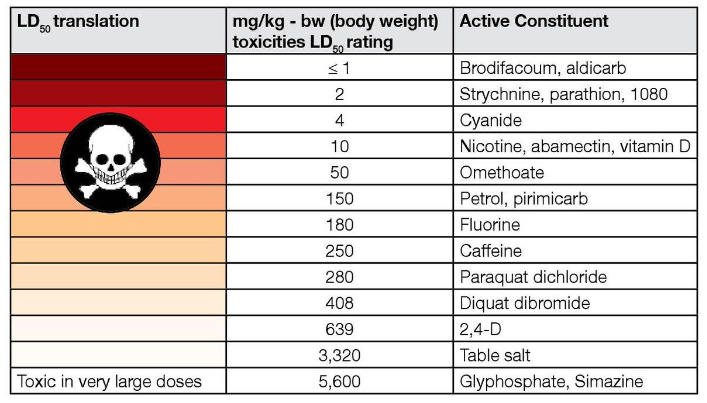
A final point is that glyphosate passes through the body rapidly, almost unchanged, and is excreted in the urine. This is a good thing and means that it is having little effect on the body. So finding glyphosate in 80% of our urine indicates that our kidneys are doing their job, ridding the body of this comparatively harmless chemical.
The source of public and media confusion about the alleged ‘danger’ of glyphosate—IARC
Before 2015, glyphosate was almost universally recognized as an ecologically benign and enormously valuable tool in modern agriculture. In March of that year, the International Agency for Research on Cancer issued a brief report announcing that glyphosate was a “probable human carcinogen.” Since the late 1960s, IARC has assessed more than one thousand compounds or processes, from solar radiation to salted fish to coffee to wine to working as a cosmetician, and only once has it concluded the substance or process is not a cancer hazard.
This publication (expanded into an IARC Monograph in 2017) became the basis – the foundational text — for a fevered public media campaign and litigation targeting Monsanto, the manufacturer of Roundup. It is this conclusion that Gillam along with other activists and tort litigation firms cite as revealed Truth.
IARC’s assessment of glyphosate has been widely challenged on a number of grounds: for its selective reading of rodent study results, which highlighted studies that appeared to show increased tumors but ignored studies showing an equally strong inverse trend; for ignoring the most powerful prospective epidemiologic study — the National Cancer Institute’s Agricultural Health Study, which showed no association of glyphosate with any of more than twenty types of cancer; and for the conflict-of-interest of a key participant in IARC’s glyphosate Working Group, who, after recommending that the agency assess glyphosate, proceeded within two weeks after the IARC report was released to sign-on as a paid consultant to two law firms litigating against Monsanto.
While IARC’s assessment is cited reflexively by Gillam and other activists, the agency’s anomalous conclusion should more accurately be seen in the context of assessments by 19 national and international agencies that have found glyphosate to be safe and non-carcinogenic or mutagenic. As Health Canada wrote after reviewing the available studies:
No pesticide regulatory authority in the world currently considers glyphosate to be a cancer risk to humans at the levels at which humans are currently exposed.
[View GLP’s hyperlinked infographic with links to what global regulatory and research agencies conclude about the health impact of glyphosate]
There is such a thing as regulation of toxic substances
Gillam makes two ethical transgressions in her reporting: She ignores the massive scientific evidence, which shows glyphosate to be safe at levels encountered in everyday life; and she fails to inform her readers that residues of pesticides and other contaminants in food are regulated by the Environmental Protection Agency and the Food and Drug Administration.
Both agencies set maximum residue limits (MRLs) or “tolerances” for legal pesticide usage based on toxicological studies. For glyphosate, as recently as 2021, a comprehensive review of studies have indicated that 99 percent of residues are below the MRL set by the EPA.
In addition, agencies compute an acceptable daily intake (ADI) for contaminants, and this level is set to provide a margin of safety well below the lowest level at which toxicologic effects have been observed in order to protect the most vulnerable populations, i.e., pregnant women, infants, and children.
The comprehensive review also examined urine glyphosate data in numerous countries, finding that in every case, “exposures are low and in a narrow range.”
Bring in the ‘experts’
Gillam further muddies the waters by interviewing only ‘experts’ that support her viewpoint. She cites the work of Dr. Lianne Sheppard of the University of Washington, who, in 2019, published a meta-analysis of 6 studies of human exposure to glyphosate and risk of non-Hodgkin’s lymphoma (NHL).
Meta-analysis is a statistical technique that combines several smaller studies to obtain a more precise estimate of risk. However, it is crucial that the studies one is combining be of comparable quality — otherwise, the result could be meaningless.
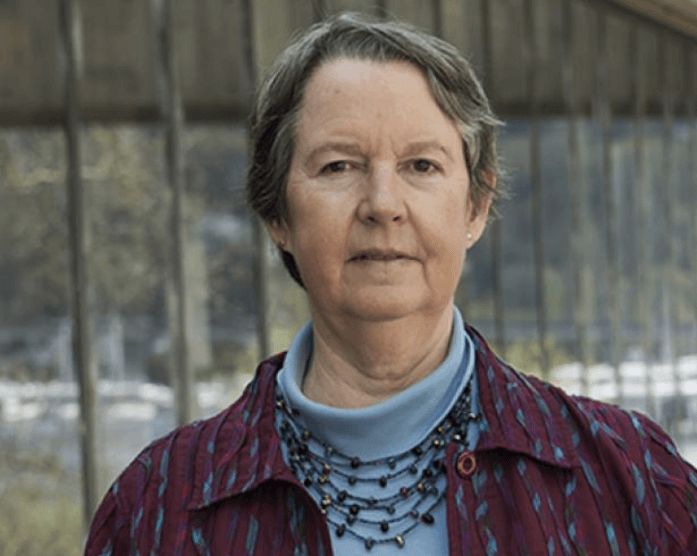
Sheppard and her colleagues combined 5 small, retrospective studies of questionable quality with the large, high-quality, prospective Agricultural Health Study (AHS). They focused on the group with relatively heavy exposure in each study, comparing it to the unexposed group. Strangely, however, they selected the sole elevated risk estimate out of five high-dose estimates from the AHS, obtaining an elevated summary relative risk of 1.41 (95 percent confidence interval 1.13-1.75), that the authors highlighted in their abstract (which is all that most people read).
While the authors gave a rationale for their selection of only one out of five risk estimates, their reasoning was not supported by the literature. Use of any of the four other estimates they ignored would not have produced a headline-grabbing result.
Because Sheppard and colleagues used only one (the highest) risk estimate from the AHS, two colleagues and I carried out a reanalysis of the studies to gauge the effect of using a variety of risk estimates.
Sheppard’s analysis focused on heavy exposure to glyphosate. However, because reporting of degree of exposure to glyphosate is not comparable in all studies, we focused on whether participants were ever exposed to glyphosate on a regular basis, which should be more reliable than reported degree of exposure. In our model – which relied on the fewest assumptions — we found no association (relative risk: 1.05, 95 percent confidence interval 0.87-1.28). We concluded, diplomatically, that “formal quantification of risk in meta-analyses combining the AHS with case–control studies is unwise.”
Note also that Sheppard’s reported 41 percent increase in risk of NHL was highlighted to attract headlines, the same tactic as Gillam’s highlighting of the 80 percent of subjects with “detectable” glyphosate in their urine.
Similar to Gillam’s use of misleading words like “disturbing” and “high levels” that are designed to instill fear, Sheppard’s reference to “200 million pounds of glyphosate” sprayed per annum sounds like a lot — unless one realizes that the amount of glyphosate applied per acre is actually very low — typically about 0.8 pounds per acre.
Sheppard further argued that there is no safe level of exposure, and that people may be harmed by much lower levels. This revives the scare stories, circulated by activists and organic companies but rejected by scientists about ‘dangerous’ glyphosate residues in Cheerios and other foods, and goes against the careful risk assessments performed by the agencies referred to above.
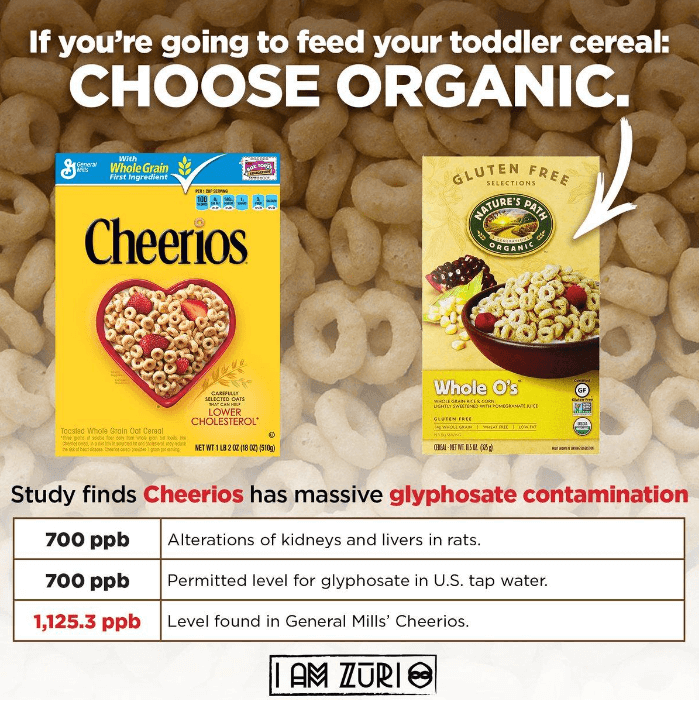
Example of the misleading scare campaign mounted by organic activists
Real-world data that contradict glyphosate’s carcinogenicity
In fact, we have valuable information relevant to this point. The application of glyphosate to crops has increased about 15-fold since Roundup-ready crops were introduced in 1996. What has happened to the rates of NHL over the past 25 years? As shown in the figure below, while the use of glyphosate increased markedly, the incidence of NHL has remained flat, and mortality from NHL has decreased.
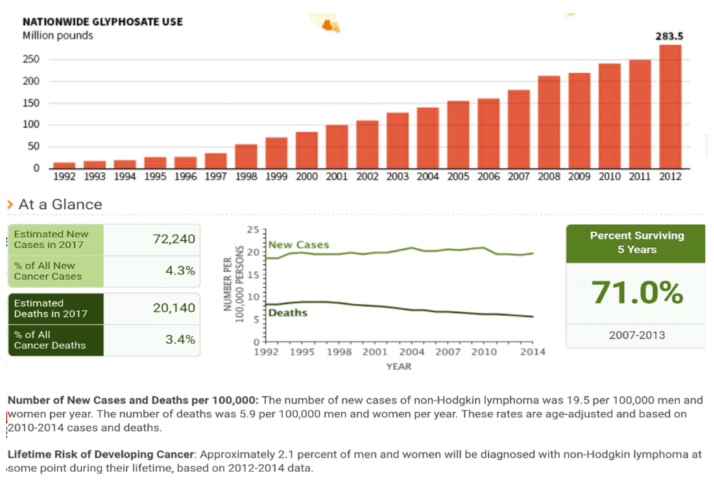
There is a reason that farmers, who, along with their families, have the heaviest exposure to glyphosate, believe in its usefulness and its safety.
While spinning a misleading scare story based on the “disturbing” NHANES urine data, Gillam ignored the actual science: a report released in May by the independent European Chemicals Agency (ECHA), the agency’s second report in five years assessing IARC’s claim that glyphosate posed a cancer hazard. After soliciting comments from different stakeholders, including scientists, ECHA concluded:
… [B]ased on the epidemiological data as well as on data from long-term studies in rats and mice, taking a weight of evidence approach, that no hazard classification for carcinogenicity is justified for glyphosate.
The big picture
Along with other groups like Greenpeace, GM Watch, Friends of the Earth, the Center for Food Safety, and the Environmental Working Group, organizations such as US Right to Know and the Organic Consumers Association have been waging a campaign against modern agriculture, biotechnology, and GMOs. Since glyphosate is used on herbicide-resistant crops like corn, soybeans, cotton, and canola, demonization of even this benign herbicide is a key component of the strategy to scare people away from affordable food and to obscure the enormous potential of biotechnology to improve agricultural yields by making crops more resistant to drought and more nutritious, while actually reducing pesticide use.
Due to a long period of prosperity and stability, we have become complacent about the availability of a wide variety of affordable food, which depends on dramatic improvements in agriculture based on science. But a terrifying cautionary tale of where the embrace of anti-technology and “green vanity” can lead is unfolding before our eyes.
In the US and most of Europe, debates over pesticide residues may seem trivial; in the developing world they can mean the difference between life and death. Under the influence of anti-science apostles of folk wisdom, such as philosopher-activist Vandana Shiva, in 2019 Sri Lanka’s president Gotabaya Rajapaksa undertook to transform his country into an ‘organic’ nation within a decade by reducing and eventually banning chemical fertilizers, herbicides, and insecticides. He banned imported fertilizers and forced farmers to switch to purely organic farming.
Over the past two weeks, the government dissolved in chaos. As journalist Kapil Komeda wrote in the New York Times, the regime
promised Sri Lanka prosperity, but brought destitution.
According to Mark Almond of the Crisis Research Institute in Oxford, England, in The Daily Mail:
The policy backfired spectacularly as farming yields collapsed… the misery it inflicted on Sri Lanka’s people can be read in the smoke signals billowing from the presidential palace.
Writing in the Wall Street Journal, Tunku Varadarajan drew a crucial connection:
…the truth is, Mr. Rajapaksa was driven from office in part because he was an overzealous green warrior, who imposed on his countrymen a policy that the American environmental left holds sacred.
As Almond makes clear, developed countries are not immune from the economic and social dislocation that will follow from the adoption of ill-conceived policies that pander to activist environmentalists and others, like Carey Gillam, with an anti-science agenda:
…this is not some abstract crisis taking place far away. Similar chaos looms in the West. In many countries, the rock of the ‘green agenda’ is meeting the hard place of economic reality. Farmers in Italy, Germany and Poland have been objecting with increasing anger to the destructive green pressure inflicted by their governments.
Geoffrey Kabat is a cancer epidemiologist and author of Hyping Health Risks: Environmental Hazards in Daily Life and the Science of Epidemiology and Getting Risk Right: Understanding the Science of Elusive Health Risks. Find Geoffrey on Twitter @GeoKabat

